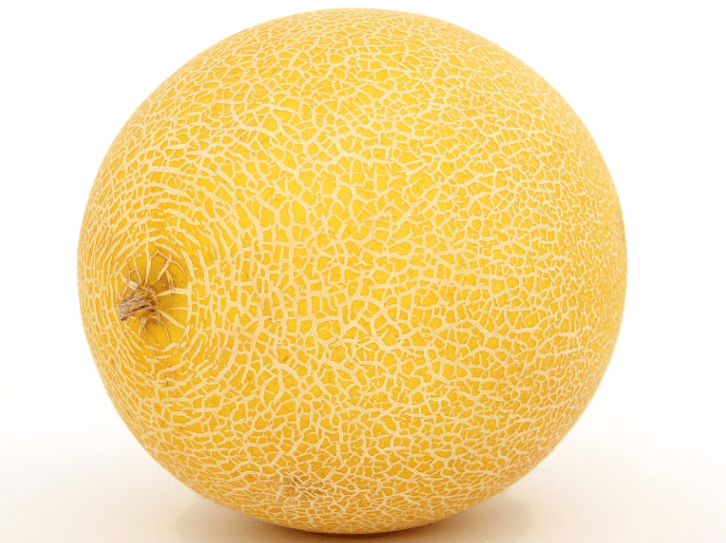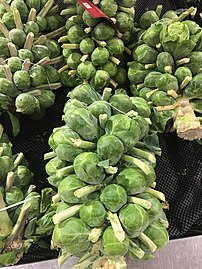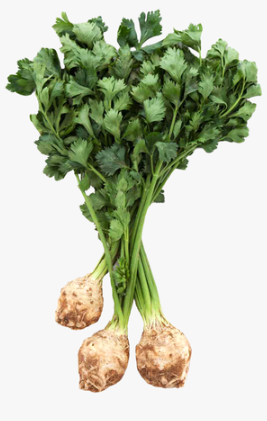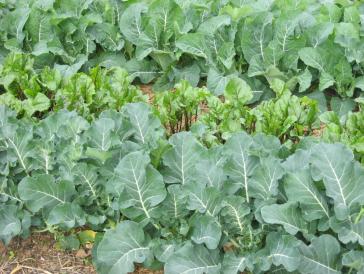Classifying fruits and vegetables is like navigating a dense jungle. At what point do the differences between various varieties become significant enough to categorize them as entirely new species?
And why do we sometimes encounter fruits and vegetables classified as different species when they could easily be grouped as varieties of the same species? Unfortunately, I don't have a definitive answer. It often boils down to specific circumstances and a degree of arbitrariness.
This explanation is intended to spotlight our star of the week: the orange melon. Although this fruit is indeed defined as a melon (and I have no intention of challenging this botanical classification), I believe it embodies an entirely different essence from the regular melon we grew up with.
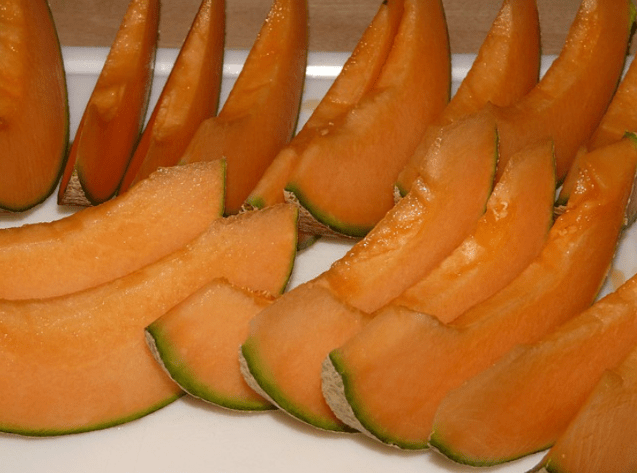
If you ask any Israeli under the age of twenty to describe a melon, they would describe a round or elliptical fruit with a rough skin and pale greenish or yellowish flesh, offering a mild sweetness.
Yes, that’s how I define a melon too, and I love this fruit. However, I also adore the melon waiting for you this week, and believe me, it’s an entirely different fruit.
The orange melon is shiny on the outside, and when you cut it open, the flesh is a vivid orange. When you taste it, there’s something in the aroma that indeed recalls the pleasant scent of a traditional melon, but its sweetness is not mild but intense and explosive, and oh, how delicious it is.
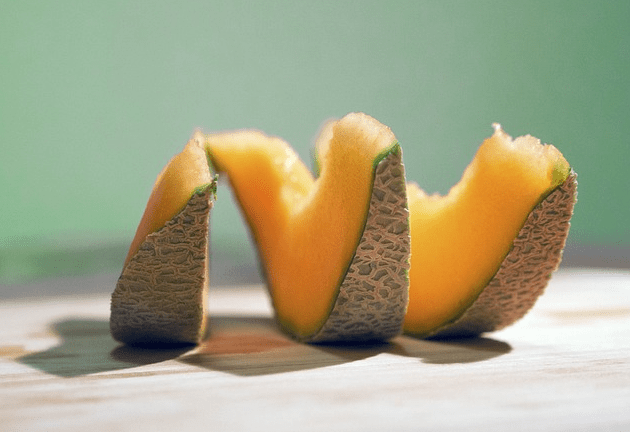
So, where did this melon come from? The truth is, I not completely sure, but I can speculate.
Let’s recall the origins of the melon. It’s a plant from the gourd family, making it a relative of pumpkins, watermelons, and cucumbers. It’s one of the few edible plants that came to us from Africa, and it was likely first cultivated by the ancient Egyptians around 4,000 years ago.
From Egypt, it was spread by the Romans throughout the Mediterranean basin, including the Land of Israel, at the latest by the early Byzantine period (the 5th century CE). What did the melons grown here in the 5th century or even the 15th century look like?
I have no idea, but I guess they were closer to the 'regular' melon varieties. The fact that the orange varieties are so intensely sweet indicates to me that it’s a modern cultivar. After all, sweetness is an obsession of modern humans, and most new fruit varieties focus on this desirable trait.
In any case, the orange melon is a fantastic fruit. Besides being generally sweeter than the regular melon (and whether that’s an advantage or disadvantage is up to individual preference), it also has a distinct health benefit. The orange color comes from a pigment called carotenoid, which is also a powerful and essential antioxidant.
I love spending my summer nights on the balcony with an orange melon chilled for a few hours in the fridge, accompanied by a glass of ouzo on the side.

